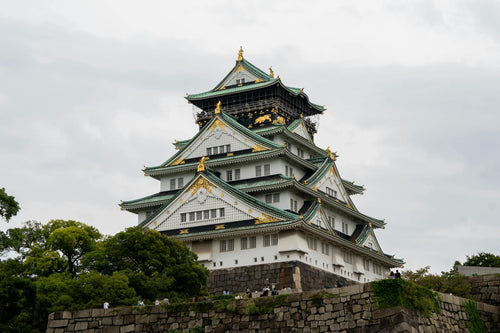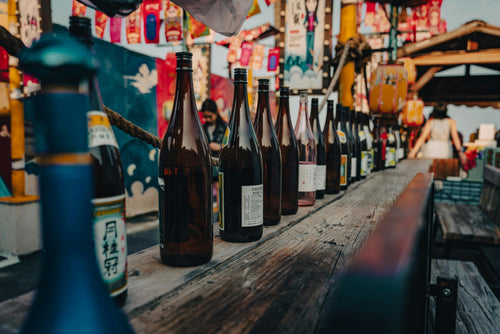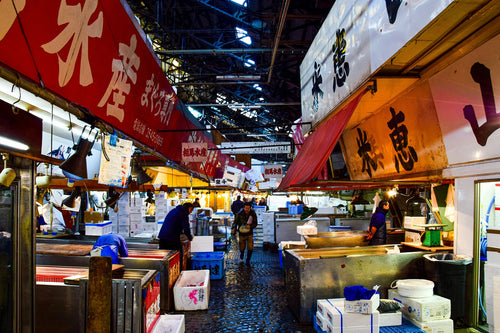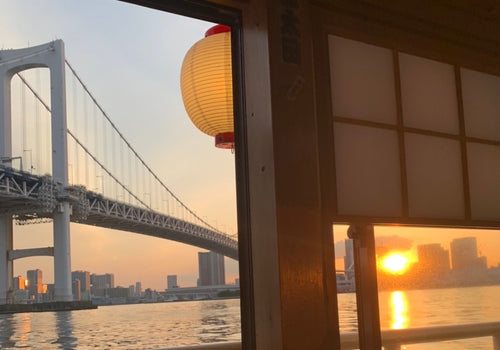
What is Onsen? A Guide to History, Benefits, and Etiquette
Onsen, Japan’s cherished hot spring culture, offers a unique blend of relaxation, scenic beauty, and deep-rooted traditions. Known for its therapeutic mineral-rich waters, serene mountain settings, and culturally significant rituals, onsen provides visitors with a tranquil retreat and a profound connection to Japan’s natural landscape. This guide will walk you through the essentials of onsen culture, including its historical background, must-visit locations, unique bathing experiences, and important etiquette to ensure a memorable and respectful visit.
Read on to discover everything you need to know to fully experience Japan’s onsen culture, from the health benefits and various styles to insider tips and etiquette for first-time visitors.
Contents
2. The History of Onsen in Japan
3. Types of Onsen: Styles and Mineral Properties
4. Health Benefits of Onsen Bathing
1. Overview of Onsen Culture
Onsen, meaning “hot spring” in Japanese, is a key aspect of Japanese life and leisure. With thousands of natural hot springs spread across Japan, onsen bathing is both a popular pastime and a time-honored tradition. These baths range from rustic open-air pools surrounded by nature to high-end resorts with luxurious amenities, providing a unique escape from the demands of daily life.
Onsens are deeply ingrained in Japanese society, appreciated for their health benefits and the serene experience they offer. Many onsens are located in scenic spots such as mountains or by rivers, offering breathtaking views and opportunities for relaxation.
2. The History of Onsen in Japan
Onsen culture dates back centuries, with records of people using hot springs as early as Japan's Nara period (710–794 AD). Originally, these springs were revered by monks for their purifying qualities and valued by travelers as a place to recover from long journeys. Over time, onsen culture spread to the general public, becoming an integral part of Japanese leisure and wellness practices.
Historic onsen towns such as Beppu and Hakone developed around these hot springs, drawing people from across Japan and beyond. Today, these towns offer a combination of ancient customs and modern amenities, making them beloved destinations for locals and tourists alike.
3. Types of Onsen: Styles and Mineral Properties
Onsens are categorized based on their mineral compositions, each believed to offer distinct health benefits. Popular onsen types include:
Sulfur Onsen
Known for its strong smell, sulfur onsen is reputed to help with skin ailments and respiratory health.
Iron Onsen
Iron-rich onsens are often reddish-brown in color and are thought to promote better circulation and alleviate fatigue.
Carbonated Onsen
Featuring natural bubbles, carbonated onsens are relaxing and can aid in improving blood flow.
Salt Onsen
Commonly found near coastal regions, salt onsens help retain warmth in the body and are beneficial for the skin.
4. Health Benefits of Onsen Bathing
Onsen bathing is celebrated not only for its relaxing effects but also for its potential health benefits. Regular onsen visits are believed to relieve muscle tension, ease joint pain, improve skin conditions, and boost circulation. Immersing oneself in these mineral-rich waters provides both physical and mental relaxation, making onsen a favored practice for wellness.
5. Onsen Etiquette: What to Know Before You Go
Respectful onsen etiquette is essential for a harmonious experience. Key guidelines include:
- Shower Before Entering: Always wash thoroughly at the shower stations before entering the communal onsen bath.
- No Towels in the Bath: While a small towel may be used for modesty, it should never be submerged in the water.
- Keep Quiet: Onsens are places of relaxation; avoid loud conversations or disruptions.
- Follow Local Customs: Some onsens may have specific rules regarding tattoos, which may be prohibited in certain facilities.
6. Top Onsen Destinations Across Japan
Japan offers numerous renowned onsen destinations, each with its own unique ambiance and regional features:
Hakone
Close to Tokyo, Hakone is famous for its scenic views of Mount Fuji and wide selection of onsen resorts, offering a blend of traditional and modern facilities.
Beppu
Located on Kyushu Island, Beppu is celebrated for its wide variety of onsen experiences, including hot spring “hells” showcasing colorful mineral pools and steam vents.
Noboribetsu
In Hokkaido, Noboribetsu is known for its mineral-rich waters and volcanic landscapes, drawing visitors for both relaxation and therapeutic purposes.
Share
You may also like
-

5 Famous Japanese Castles: History and Highlights
Japan is home to some of the most beautiful and historically significant castles in the world. Built during the feuda...
-

What is Sake? Its Production Method and History
Sake is a traditional Japanese alcoholic beverage made from fermented rice. It has been enjoyed in Japan for over a t...
-

Tokyo Market Guide: Exploring Tsukiji and Toyosu Markets
Tokyo's Tsukiji and Toyosu Markets are must-visit spots for food lovers and anyone interested in Japan’s rich culinar...
-

Night Cruises in Tokyo: Enjoy the City Views
Tokyo’s skyline is mesmerizing at any time, but experiencing it from the water on a night cruise adds a magical ...
There are currently no related posts.




